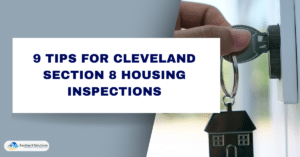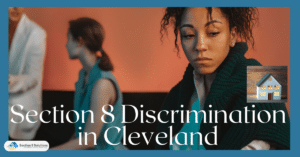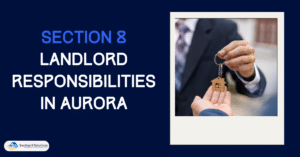The Section 8 inspection process in Dallas involves a thorough assessment of rental properties to ensure they meet HUD’s quality standards. This inspection aims to provide safe and habitable housing for low-income individuals and families, promoting a higher standard of living within the community.
In this article, we delve into the significance of the Section 8 inspection process in Dallas, shedding light on how it not only upholds federal standards but also transforms the lives of those seeking shelter and security.
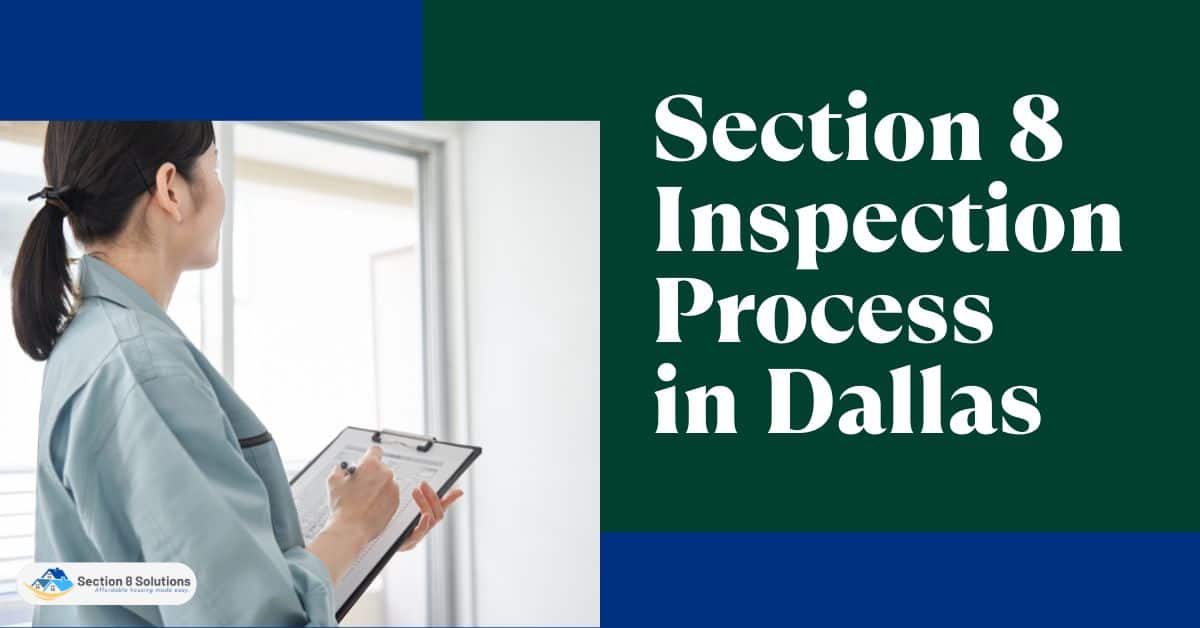
Overview of Section 8 Housing Assistance Program
In the vast landscape of housing assistance initiatives, the Section 8 Housing Assistance Program shines as a beacon of hope for countless low-income individuals and families across Dallas. Created with a noble purpose, this program seeks to bridge the gap between financial limitations and the fundamental human right to secure and healthy housing.
At its core, the Section 8 program is designed to provide eligible participants with subsidies that enable them to afford suitable rental housing in the private market. The program operates under the wise stewardship of the Department of Housing and Urban Development (HUD), a federal agency that oversees its implementation across the nation.
The goals of the Section 8 Housing Assistance Program are as noble as they are clear: to combat homelessness, uplift struggling families, and improve the overall living conditions of vulnerable populations. By offering financial assistance, the program empowers individuals to access housing options that meet essential health and safety standards.
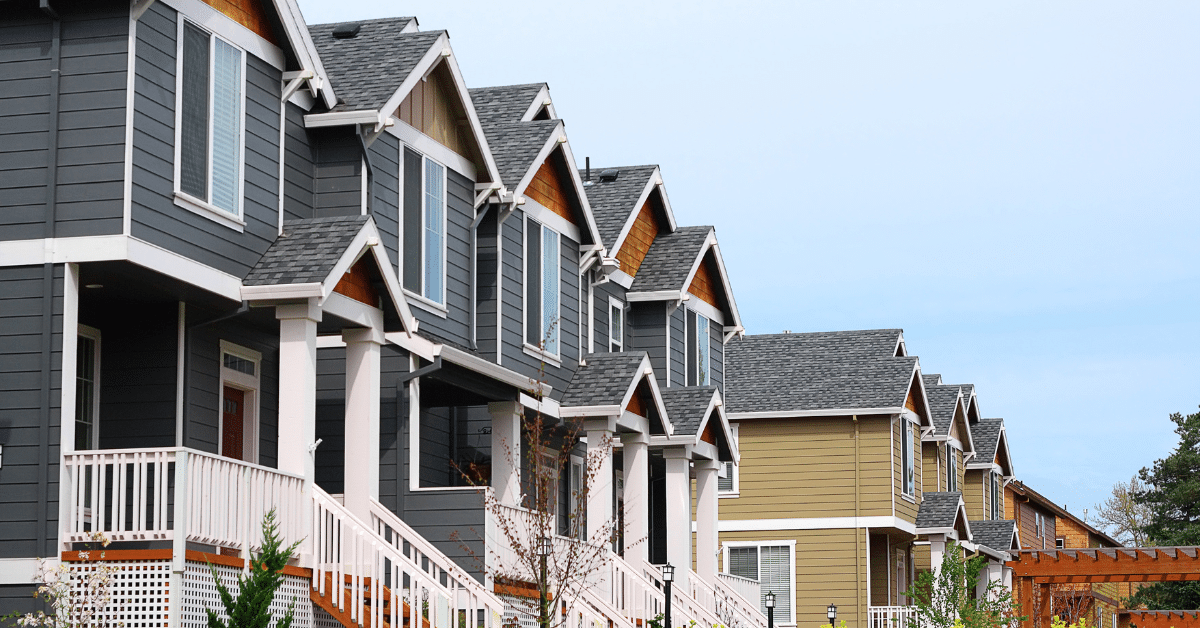
The Vital Role of Inspections in Housing Assistance
In the world of housing assistance, an often-unseen force stands as the safeguard of vulnerable individuals and families. It’s not just about providing shelter; it’s about ensuring that these homes are secure, dignified, and habitable. This silent guardian is none other than inspections – a fundamental aspect of the Section 8 program.
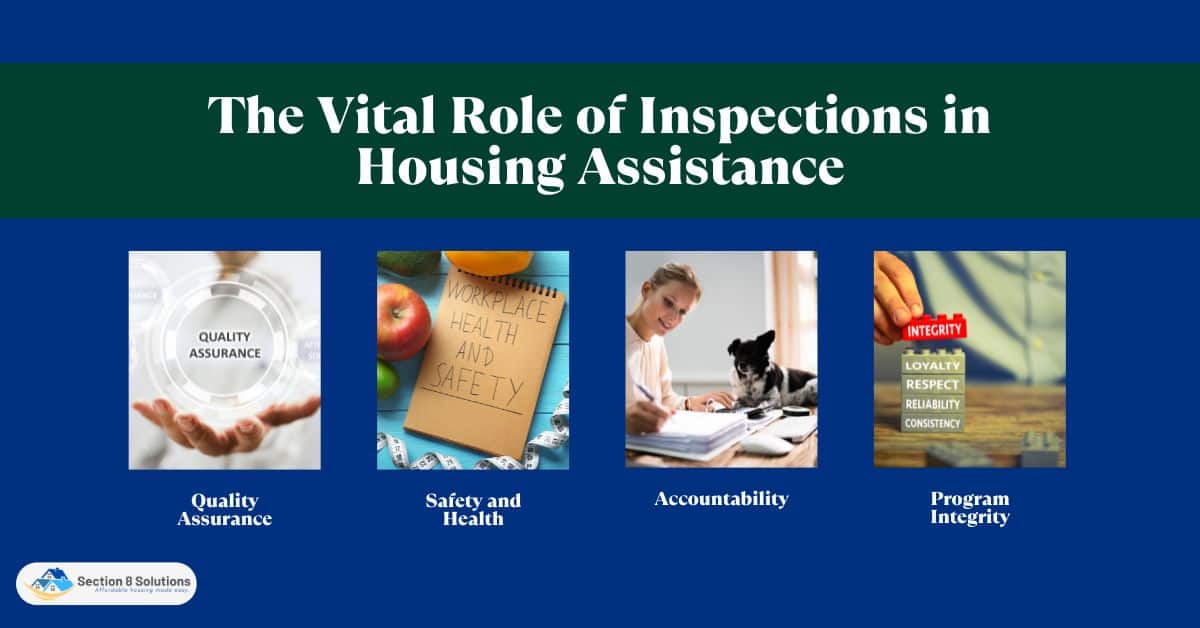
- Quality Assurance: Inspections serve as the vigilant gatekeepers of housing quality. They ensure that individuals and families living under the Section 8 program are not subjected to substandard living conditions.
- Safety and Health: Beyond mere walls and roofs, a home should be a sanctuary of safety and well-being. Inspections play a pivotal role in identifying and rectifying potential hazards such as mold, lead, faulty utilities, and compromised structural integrity.
- Accountability: Housing assistance isn’t a one-sided endeavor. Property owners who partake in the Section 8 program have a responsibility to maintain their properties to certain standards.
- Program Integrity: With funding from federal taxpayers, the Section 8 program carries a responsibility to utilize these resources judiciously. Inspections are the linchpin in ensuring that taxpayer money is invested in housing that’s not only financially accessible but also physically suitable.
As we navigate the complexities of the Section 8 program, one thing becomes clear: inspections are more than just a regulatory process. They embody a promise – a promise of secure living conditions and dignified standards, regardless of economic background.
Inspection Criteria and Standards
In this section, we delve into the specific criteria and standards that properties must meet to successfully navigate the inspection process, shedding light on key aspects that encompass safety, structural integrity, sanitation, and essential utilities.
- Safety First: Safety is paramount. Properties must meet stringent safety requirements to ensure that residents are protected from potential hazards. This encompasses measures to prevent accidents and injuries, including proper ventilation, secure railings, and functional smoke and carbon monoxide detectors.
- Structural Integrity: The stability of a dwelling is non-negotiable. Inspections verify that buildings are structurally sound and free from hazards that could compromise their stability. From the foundation to the roof, each component is scrutinized to ensure it meets robust structural standards.
- Sanitation and Cleanliness: Cleanliness is not just a matter of aesthetics; it’s a matter of health. Properties must adhere to sanitation standards that encompass proper waste disposal, clean and well-maintained common areas, and adequate pest control measures to prevent infestations.
- Essential Utilities: A home is more than just four walls; it’s a functional living space. To that end, properties must provide essential utilities such as water, heating, and electricity. These services are vital to maintaining a suitable living environment.
- Accessibility: Housing must be accessible to all, regardless of physical abilities. Inspections ensure that properties are compliant with accessibility standards, including wheelchair ramps, accessible doorways, and facilities that accommodate those with disabilities.
- Health Hazards: Inspections identify and address potential health hazards, such as the presence of lead-based paint or mold. Properties must adhere to regulations that safeguard residents’ health and well-being.
As we unravel the intricacies of inspection criteria and standards within the Section 8 program, it becomes evident that these benchmarks go beyond technical requirements. They signify a commitment to providing safe, comfortable, and dignified living spaces for all.

The Inspection Process
Amidst the tapestry of housing assistance, the inspection process stands as a sentinel of quality, ensuring safe and dignified homes for all. This section unveils the sequential journey of inspections within the Section 8 program, encompassing the initiation, scheduling, and execution of assessments.
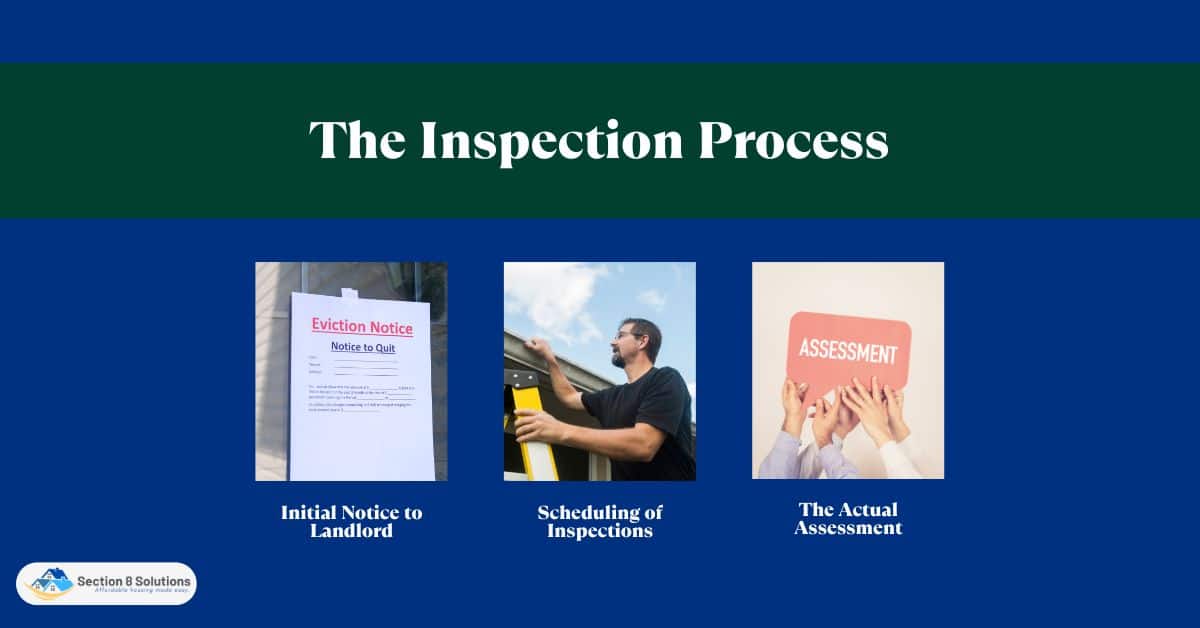
1. Initial Notice to Landlord
The process commences with landlords receiving an official notification detailing the impending inspection, its purpose, and the designated timeframe. This notice serves as a bridge of communication, ensuring property owners are informed and prepared for the upcoming assessment. It sets the stage for transparency, allowing landlords to comprehend the importance of adhering to established housing standards.
2. Scheduling of Inspections
Convenience is prioritized as inspections are scheduled, aligning with property owner and tenant availability to facilitate a smooth assessment process. This stage reflects the program’s consideration for the individuals involved, striving to minimize disruption while ensuring thorough evaluations. By finding common ground, the scheduling underscores cooperation in the pursuit of safe and habitable housing.

3. The Actual Assessment
Competent inspectors perform a comprehensive evaluation of the property. This assessment covers essential aspects like safety, structural integrity, sanitation, utilities, and accessibility, benchmarked against Section 8 standards. Inspectors employ their expertise to discern potential hazards, ensuring that the living environment poses no risk to residents. This meticulous evaluation aligns the property with established criteria, affirming its suitability for residents seeking secure housing.

Common Deficiencies and Failures
Within the realm of housing inspections, a significant facet is the identification of common issues that can impede properties from meeting essential quality standards. While the Section 8 program strives to ensure safe and habitable housing, it’s essential to recognize the hurdles that properties often face.
- Structural Integrity: A property’s structural integrity is paramount. Issues like cracks in walls, ceilings, or floors, as well as sagging roofs or unstable foundations, can raise serious safety concerns and lead to inspection failures.
- Electrical Hazards: Faulty wiring, exposed electrical components, or inadequate grounding can pose significant fire risks and jeopardize the well-being of occupants.
- Plumbing Problems: Leaks, water damage, and malfunctioning plumbing systems not only affect daily life but also contribute to unsanitary conditions and potential health hazards.
- Pest Infestations: Infestations by pests such as rodents, insects, or vermin not only damage property but also compromise the health and comfort of residents.
- Heating and Cooling Issues: Inadequate or malfunctioning heating, ventilation, and air conditioning systems can result in uncomfortable living conditions and potential health problems.
- Mold and Mildew: The presence of mold or mildew indicates moisture problems, which can lead to respiratory issues and exacerbate allergies or asthma.
- Safety Hazards: The absence of smoke detectors, carbon monoxide alarms, and secure railings can undermine the safety of residents.
- Sanitation Concerns: Poor waste disposal practices, inadequate sanitation facilities, and unsanitary common areas can lead to health risks and failed inspections.
- Accessibility Issues: Inaccessible entryways, lack of accommodations for individuals with disabilities, and improper spacing can violate accessibility standards.
Understanding the common deficiencies that lead to inspection failures is pivotal in the pursuit of improved housing quality. These challenges, while highlighting areas for improvement, also underscore the importance of diligent maintenance and proactive measures.
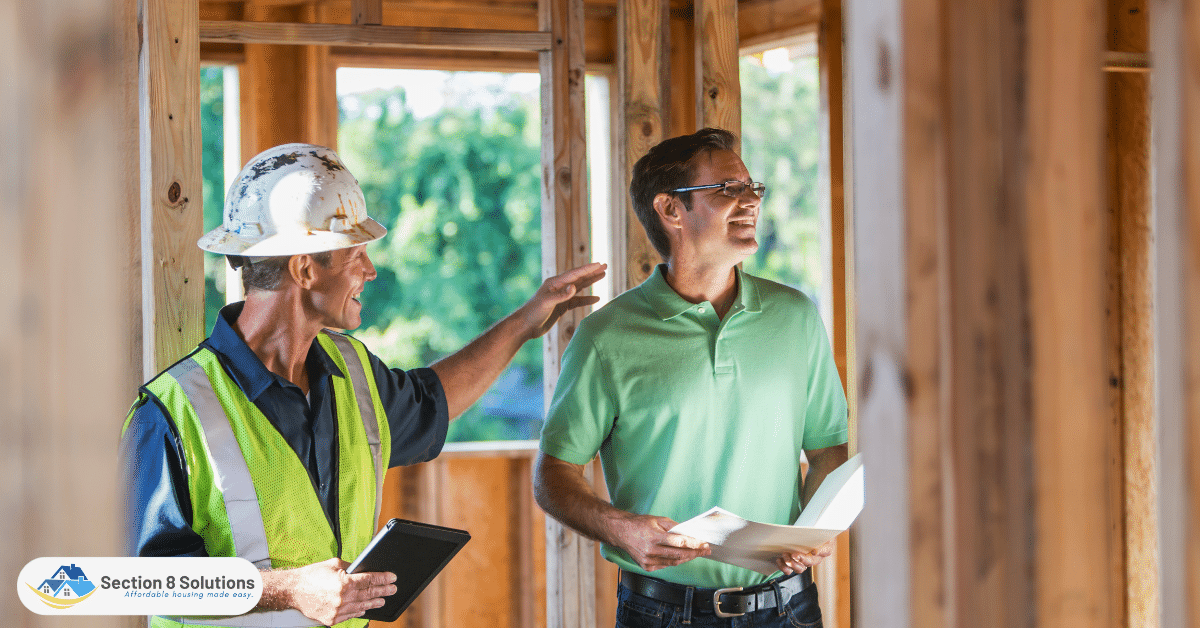
Conclusion
The Section 8 inspection process in Dallas is a powerful example of how housing programs can empower individuals and families to secure safe, clean, and dignified homes. This critical assessment ensures that those receiving assistance are not subjected to substandard living conditions while also protecting taxpayers’ money. As we reflect on the impact of these inspections, it becomes evident that they embody more than just regulatory requirements. They represent a promise of secure and accessible housing, regardless of economic background.



